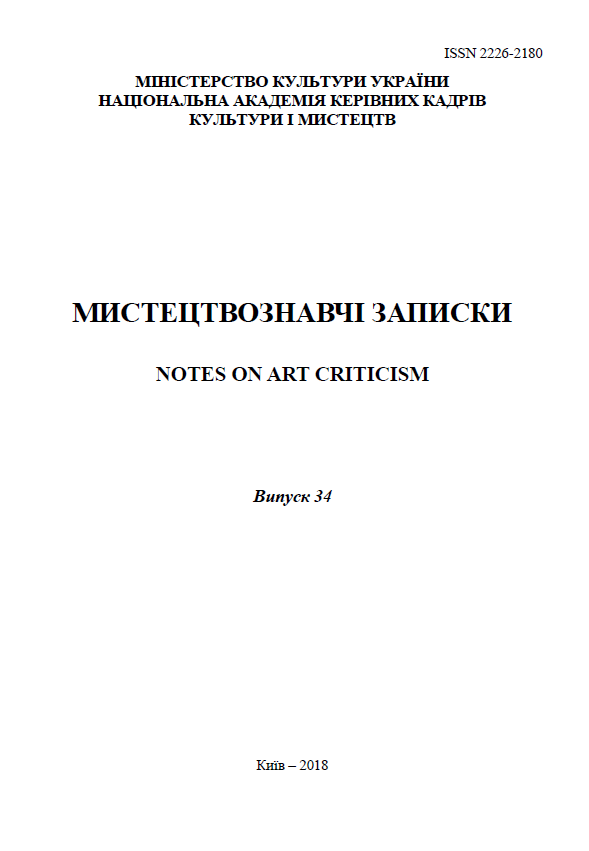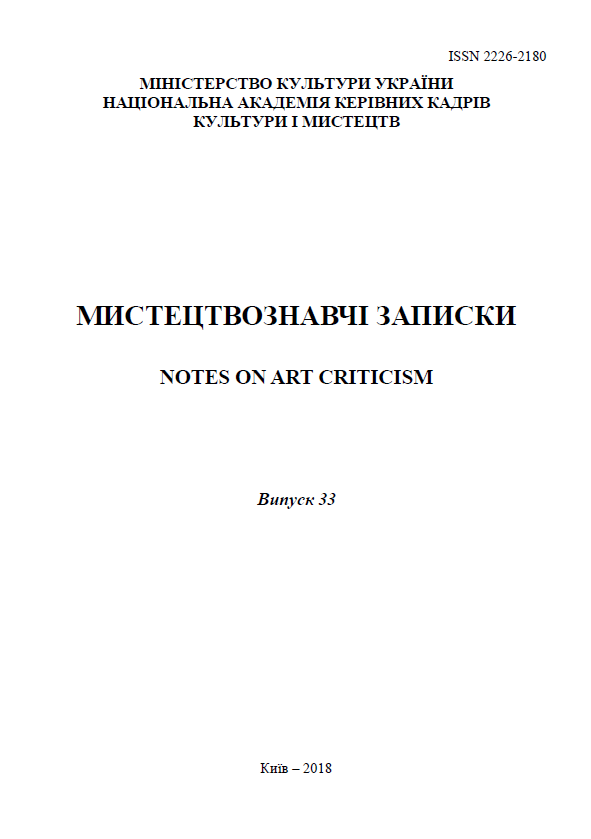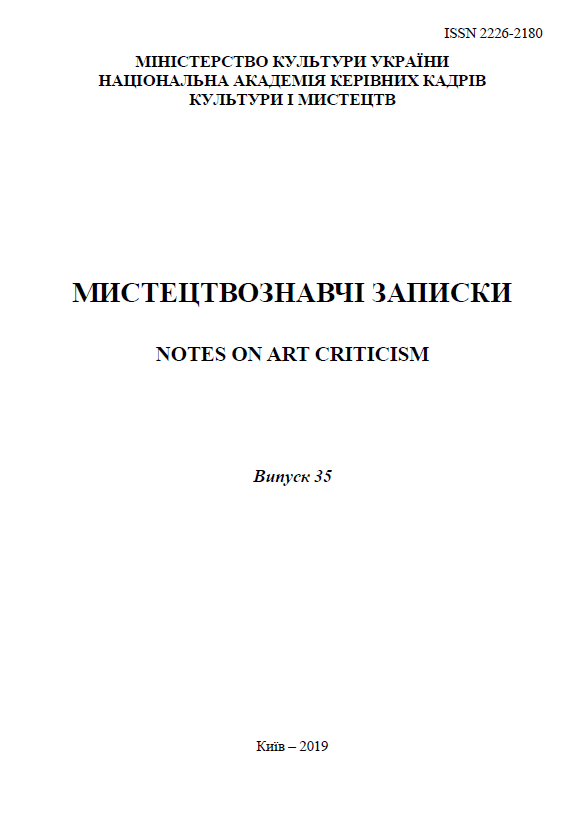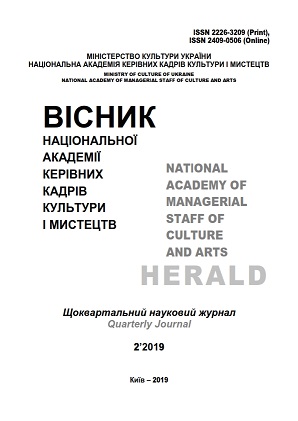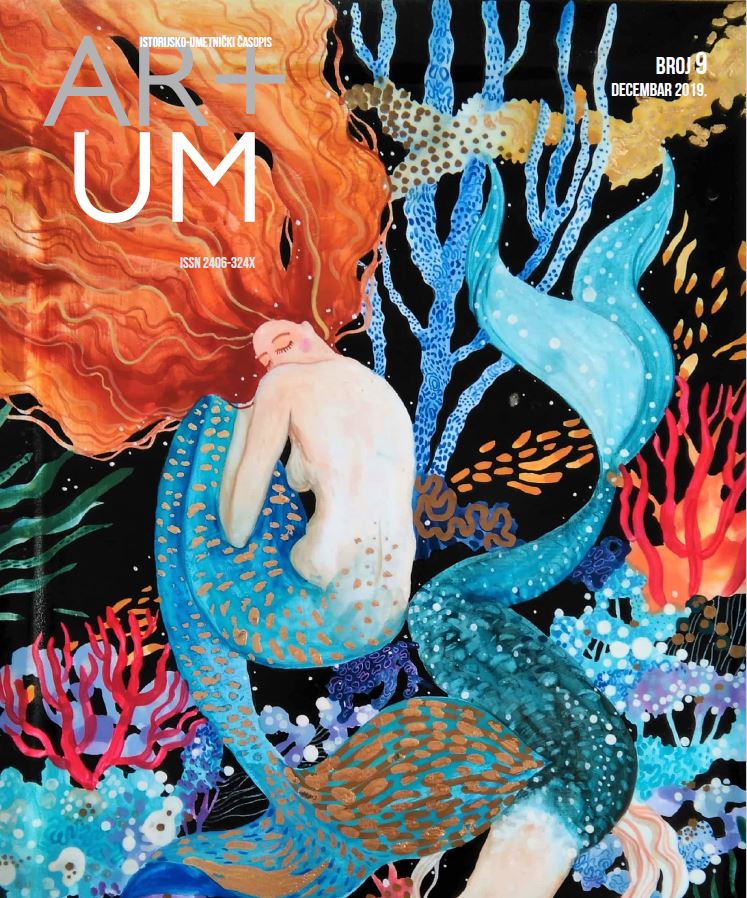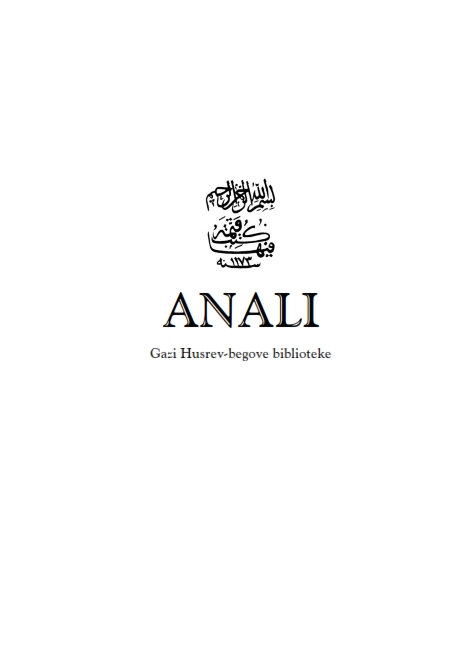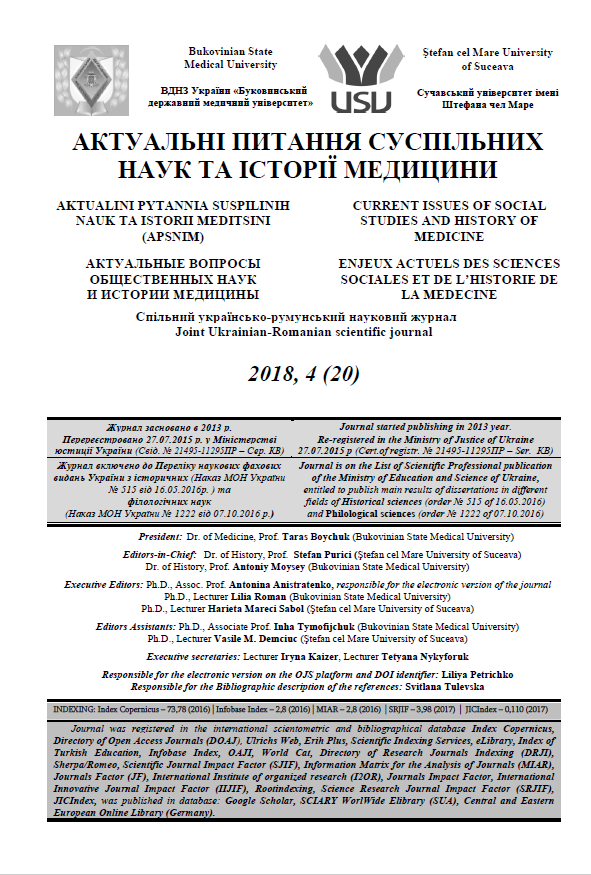
ДО ПИТАННЯ ПРО ПРИЧИНИ ЗАКРИТТЯ ЄВРЕЙСЬКОГО ТЕАТРУ ІМЕНІ ШОЛОМ АЛЕЙХЕМА В ЧЕРНІВЦЯХ
The reasons for closing the Jewish Theater named after Sholem Aleichem in Chernivtsi in 1949 – 1950s are elucidated in the article. It is known, the State Jewish Theater of the Ukrainian Soviet Socialist Republic (USSR) was established in Kharkov 1925, and in 1934 was located in Kiev. After the accession of Northern Bukovina to the USSR in 1940, the theater, according to the decision of the Arts Committee, was transferred to Chernivtsi. In 1941 – 1944 the theater was evacuated and returned to the city only on February 9, 1945. According to the twentieth anniversary of the theater, it was named after Sholem Aleichem, and a number of leading stage artists received the honorary titles of the USSR. Nevertheless, in the beginning of 1950 the theater was unexpect-edly closed by the decision of the central authorities, and all of its property was transferred for storage to the Chernivtsi Ukrainian Drama Theater. Scientific novelty. As a result of analysis of archival documents, drawing on the opinions of researchers that are known in modern historiography, author can make some conclusions which, in his opinion, will create a more clear idea of this problem. In particular, the author is convinced that neither the financial indebtedness of the theater nor the “nationalist repertory policy” of the theater’s management could be the main reasons for the decision of the central authorities to stop its activities.
More...
